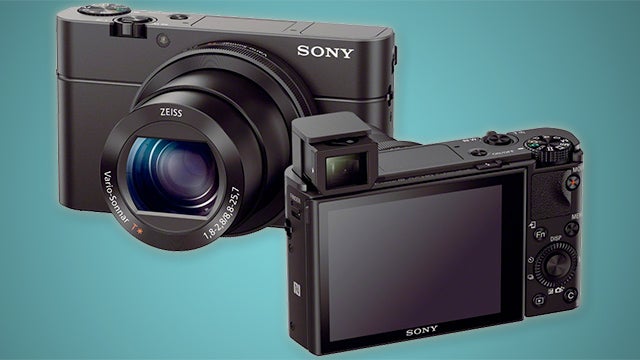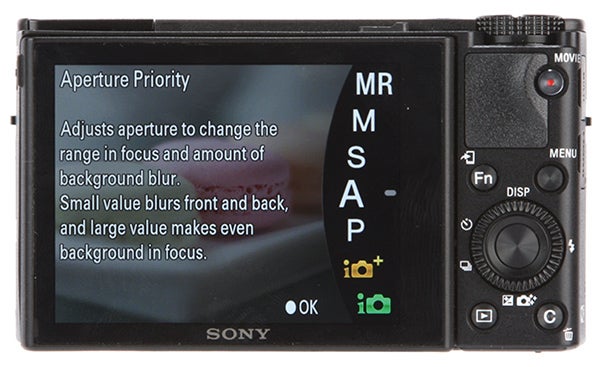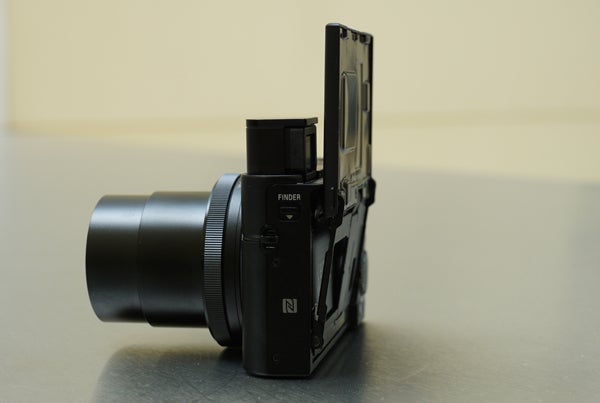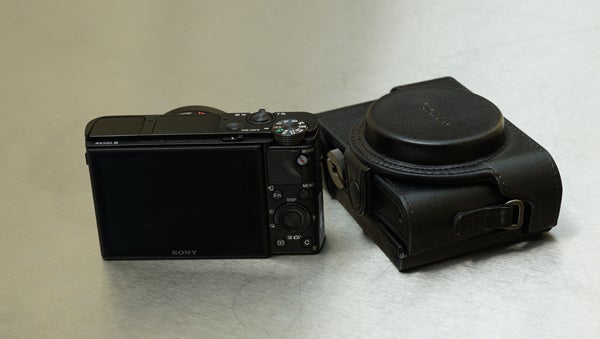Sony RX100 III Review - Screen, Lens and Performance Review
Screen, Lens and Performance
The best premium compact camera just got better

Sections
- Page 1 Sony RX100 III Review
- Page 2 Screen, Lens and Performance Review
- Page 3 Image Quality and Verdict Review
Sony RX100 III: Screen
The Sony RX100 III’s rear display isn’t quite as interesting as the EVF, perhaps, but it is strong, too. It’s a 3-inch display with 1.23 million dots. That’s exactly the same core specs as last year’s Sony RX100 II.
It’s bright, and offers both good contrast and good colour. While the EVF is useful in some conditions, the rear display is more than up to the task most of the time.
The Sony RX100 III screen has been improved in one way, too. Last year’s Mk2 model only tilted to aid shooting above and below head height, but this new one flips all the way around. These 180-degree tilt screens are largely there for selfie lovers, letting you see yourself as you’re capturing the shot.

We’re not sure this fits in entirely with the sort of person who might spend £700 on a camera, but it’s handy for low-height shooting, too.
The Sony RX100 III screen remains resolutely non-touch, though. Touch focusing was one of the few things we missed when shooting with the camera, and it would be a good fit for the sort of fast-and-loose shooting that suits the pocketable frame.
Sony RX100 III: Performance and Lens
Shooting performance seemed to be slightly better than the previous RX100-series cameras, and this may be partly down to the lens.
The Sony RX100 III has a 24-70mm equivalent lens with a maximum aperture of f/1.8-2.8. In the previous model the focal range was 28-100mm, with an aperture of f/1.8-4.9.
While you lose some of that zoom range, the RX100 III’s lens is a good deal faster when zoomed in, which may have something to do with the performance improvement we noticed. It’ll also help you when shooting with the zoom in lower lighting and gives you more creative control over the depth of field.

It’s a good lens, shaking off some of the optical compromise that still lingered around the RX100 II.
However, focusing performance is good rather than stellar, despite the lens quality. Focusing is fast, but not lightning-fast – keeping it in the same sort of performance bracket as the previous RX100 cameras.
It does have an improved processor, though. The Sony RX100 III uses the same Bionz X processor found in the Sony A7 and Sony A7R.

This offers a substantial boost in burst-mode shooting. The Sony RX100 III can shoot at up to 10fps, up from 7fps in the previous model. There is a definite speed increase, but it doesn’t seem to translate into faster AF performance, where we usually notice it most.
It does offer object tracking and face detection, and we found that using the former was a good way to compensate for the lack of touch focusing. Just centre-focus on the subject, then turn the camera to get the photo as you want it to avoid having to fiddle around with area AF.

